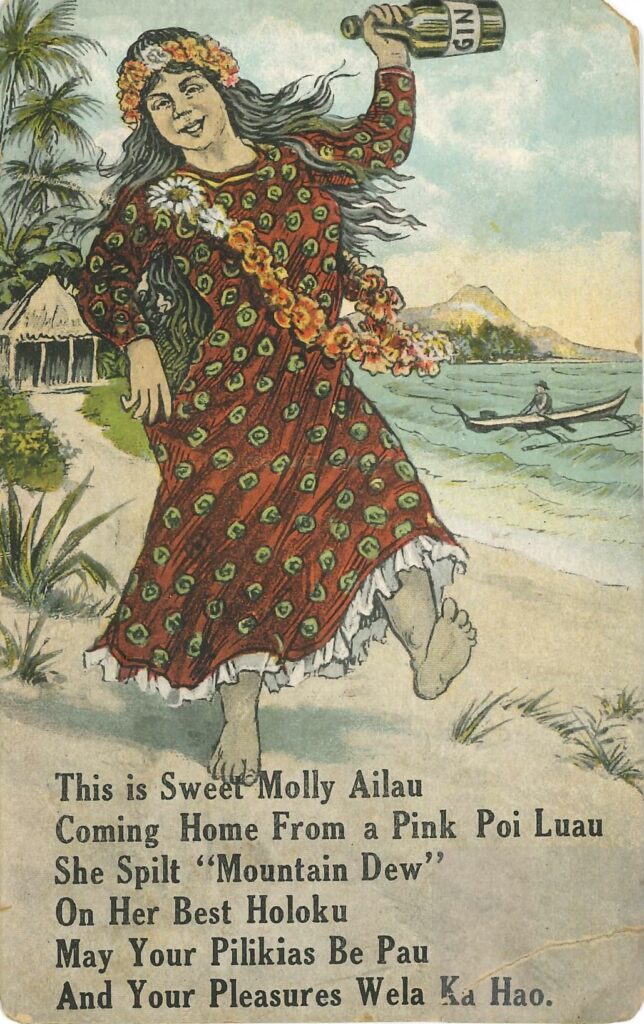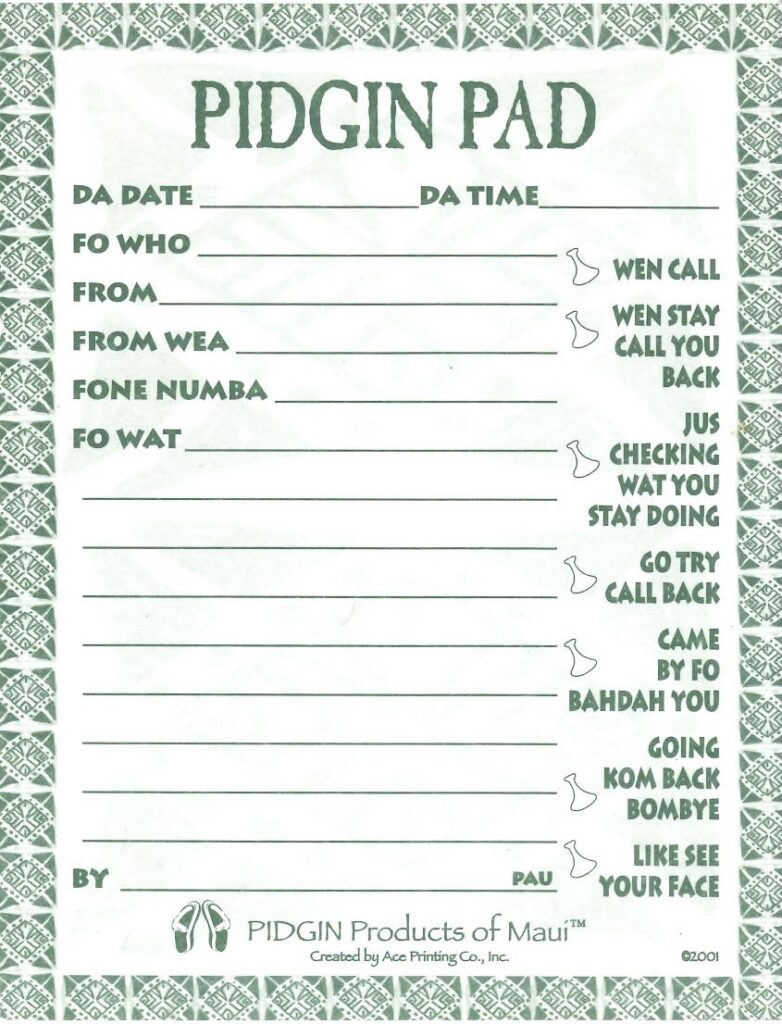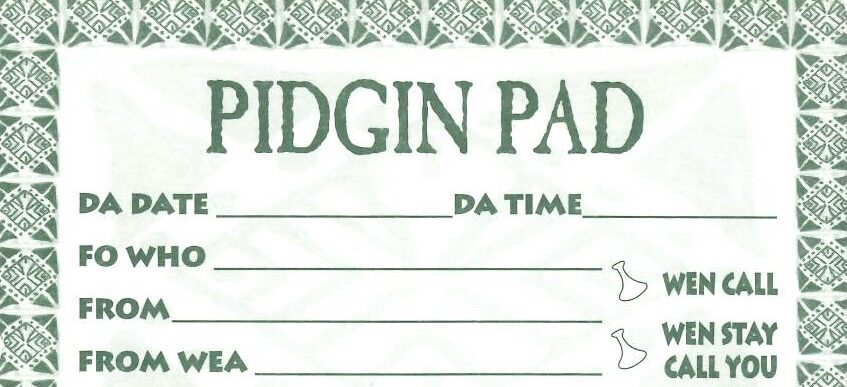Hawaiʻi comprises a group of islands located in the central Pacific Ocean. The state capital and the largest city, Honolulu, is on O‘ahu. It is believed that the earliest inhabitants were Polynesian settlers from the Marquesas Islands. The first contact between Hawaiians and Europeans occurred in 1778. That year the British explorer Captain James Cook landed at Kauaʻi and named the archipelago “Sandwich Islands” after the Earl of Sandwich. Soon after Cook’s visit, traders and whalers from Europe and America began to trade with the Hawaiians. However, besides goods and money, these visitors also brought new diseases to the islands, causing a large number of deaths of native people. In 1779, Captain Cook revisited the islands but this time he was killed in a conflict between his crew and the native Hawaiians. The Kingdom of Hawaiʻi was established by King Kamehameha I, who united the many chiefdoms of the islands and created the kingdom, and established in 1810.
The 19th century saw an intense connection between Hawai‘i and other cultures, especially an influx of labour of different ethnicities working in plantation fields as sugar production became the main drive of the economy. The first sugar plantation was opened in Kauaʻi in 1835. In the following decades, the rapid expansion of the plantation economy meant that the local workforce could no longer meet the labour-intensive industries. Consequently, contract laborers from China, Portugal, Japan, Korea, the Philippines, and Puerto Rico, became the demography of Hawai‘i. Many of these permanently stayed in Hawai‘i. Towards the end of the century, some European and American businesspeople overthrew the monarchy, and the Kingdom of Hawai‘i ended in 1893. Hawai‘i was annexed by the United States of America in 1898 but it was not until 21 August 1959 that Hawai‘i was declared the 50th state of America. During World War II, the sudden attack on Hawai‘i by the Japanese in 1941 resulted in America joining in the war.
Contact between the Hawaiian language and English began with the arrival of British naval expeditions of the islands in the late 18th century. The English language became more and more dominant on the islands not only because of the plantation economy but also missions in the 19th century. In the 20th century, tourism was the main driving force of the economy of Hawai‘i. The featured postcard was posted in 1921 The verse on the postcard reads like this:
This is Sweet Molly Ailau
Coming Home From a Pink Poi Luan
She Spilt “Mountain Dew”
On Her Best Holoku
May Your Pilikias Be Pau
And Your Pleasures Wela Ka Hao.

Although the mix of English and Hawaiian words is rather random, it is sufficient to show the creativity in combining two languages in one place. There are several Hawaiian words. Poi is a traditional Polynesian food made from taro root. To make poi, taro root is cooked and pounded with water until it becomes a paste. A luan or feast in Hawaiʻi often features poi, fish, pork, and chicken. “Mountain Dew” refers to moonshine, i.e., illegally distilled whisky. Holoku is an outer garment for women. Pilikia means ‘trouble, problem, or difficulty’. The meaning of pau includes ‘ended, finished, over, all done’. In the phrase wela ka hao, wela means ‘hot’; ka is a definite article, usually translated as ‘the’; hao means ‘iron’. The phrase means ‘the iron is hot’ literally, but it is often used to mean ‘now is the time for fun, whoopee, hurray’.1
As the verse is a haphazard combination of languages, it does not reflect how different ethnicities communicated in Hawai‘i. As mentioned earlier, the plantation system resulted in numerous foreign labourers working in the fields, many of whom eventually settled in Hawai‘i. The communication barrier became an immediate problem. and the gathering of people of other cultures created an opportunity for developing a new language to serve as a lingua franca. The language is called Hawaiʻi Creole English, or the Pidgin as it is called locally. Hawaiʻi Creole English emerged in plantations where the different ethnicities conglomerated. The notepad on the left shows some authentic examples ofthe Pidgin. The left-hand side of the page contains some basic information like Da date (the date), Fo who (for whom), From, From wea (from where), fone numba (phone number), and Fo wat (for what). The right-hand side shows some short messages for the recipient.

The language on the notepad shows that the Pidgin differs from English in many ways. Unlike English, verbs in the Pidgin are usually not inflected. To help distinguish events that occur in the past or futre, or events that are complete or incomplete, different markers are used before the verbs. For example, in the verb call, adding the marker wen/went indicates an event occurring in the past, as in wen call. When referring to a progressive or continuous event, ste/stay is used before a verb like stay call and stay doing. The markers can also be combined. For example, wen stay call you back, adding wen before stay call situates the event in the past since wen indicates ‘past’.The marker gon/going indicates future, as in going kom back bombye. The word bombye is derived from by and by, meaning ‘soon’. Instead of using conjunctions to connect parts of a phrase/sentence, the Pidgin prefers to put the elements side by side. For example, the verbs in go try call back and like see your face are juxtaposed. Fo (for) can be used instead of to to introduce the purpose, for example, came by fo bahdah you (‘to bother you’). The word we saw on the postcard pau is also used here to mean ‘finish, end’. Another function of pau is shown in the following example.
Jesus pau use all dis kine story to teach.
‘Jesus finished using this kind of story to teach with.’
This sentence comes from 43 [Matthew 13: 53] of the Bible or Da Jesus Book. In addition to being a verb, pau in the sentence marks the completion of an action.
1. To look up the meanings of the Hawaiian words, visit the Hawaiian dictionaries: https://wehewehe.org/gsdl2.85/cgi-bin/hdict?l=en
2. Sakoda, Kent and Siegel, Jeff. 2008. “Hawai‘i Creole: morphology and syntax”. In Bernd Kortmann, Edgar W. Schneider and Kate Burridge (eds.), The Pacific and Australasia, pp. 514-545. Berlin, New York: De Gruyter Mouton.
